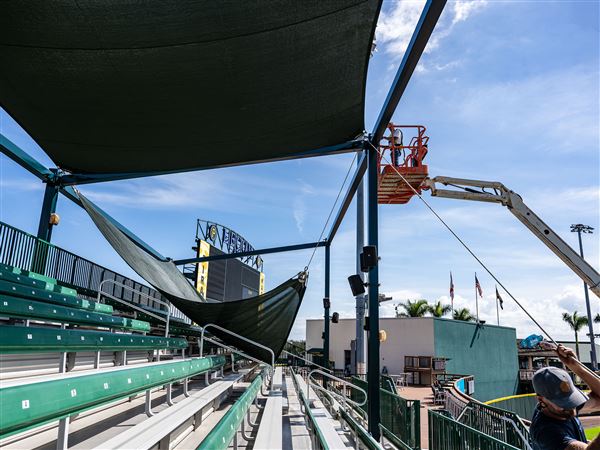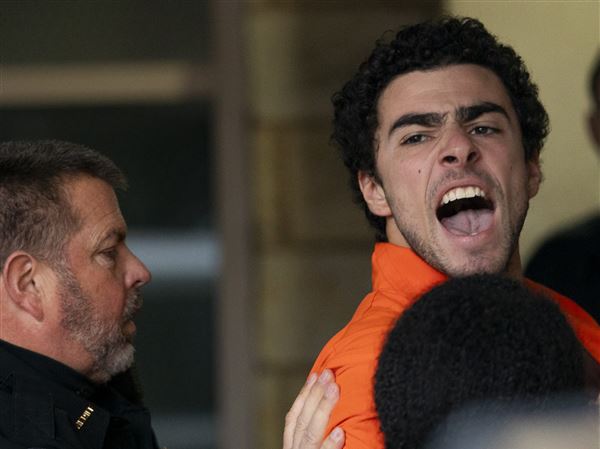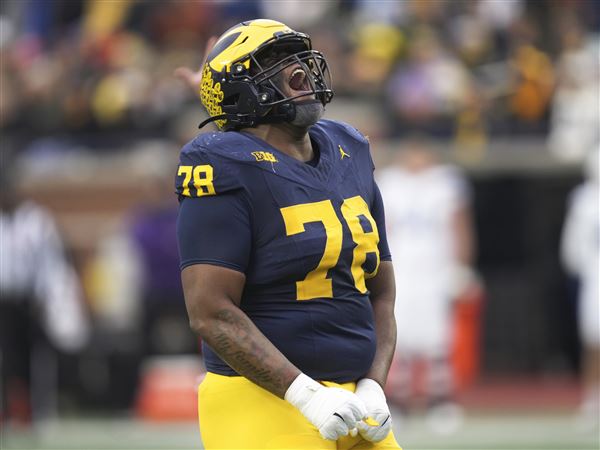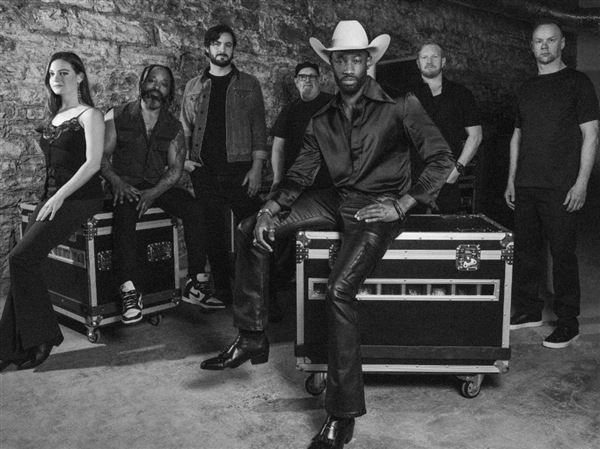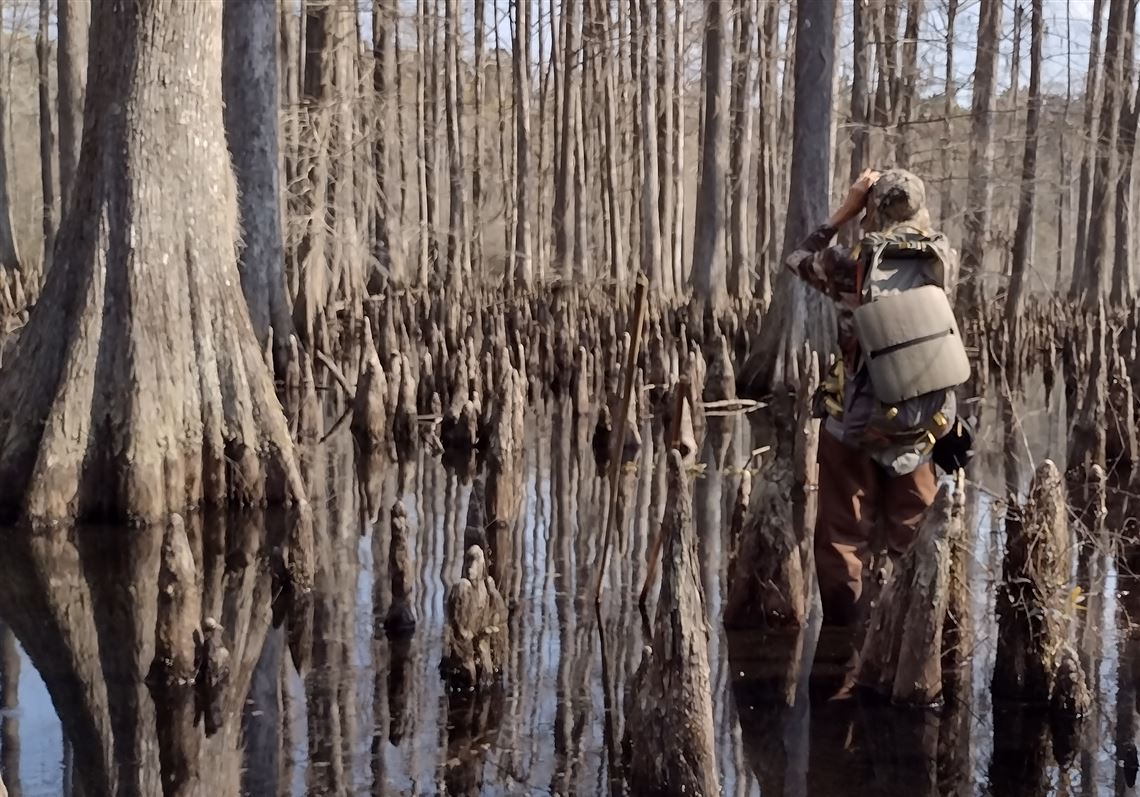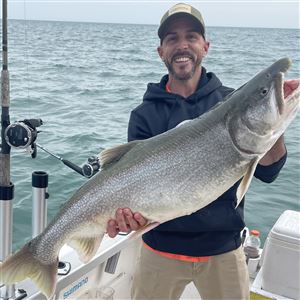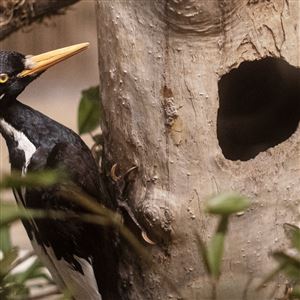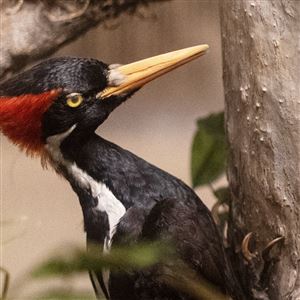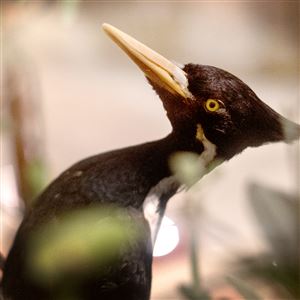Clad in thigh-high snake protector chaps and muddy boots, the National Aviary’s Steven Latta has mucked around in a Louisiana river swamp from October to April for the last five years.
Latta and other researchers tramp through water, mud and dry ground for two hours most days to reach the “hot zone,” an unnamed bottomland that they believe is the stomping ground of — depending on who you ask — the elusive or extinct ivory-billed woodpecker.
Why does Latta, the National Aviary’s director of conservation and field research, do it?
”For me personally it goes back to the idea of this really iconic species over the years. It encouraged many people in different ways to get involved in the conservation of birds,” he said.
The U.S. Fish and Wildlife Service is still in the process of deciding whether the bird is extinct. The pending decision has upended the birding world as experts and amateurs alike debate the existence of this black-and-white woodpecker a smidge larger than a crow. Males sport a red crest.
About five years ago, the Aviary joined with trained amateurs to better document ivorybills that have been seen and heard in the same Louisiana swamp for at least 15 years.
Latta, 63, and New York attorney Mark Michaels, who has amassed expertise on the ivorybill and the Louisiana study area, assembled a research group known as the Aviary’s Project Principalis.
On Thursday, they published a peer-reviewed academic paper in the journal “Ecology and Evolution” with multiple sightings, videos and sound recordings taken over 10 years of what they believe to be at least three ivorybills.
Nationally, it’s the third major study documenting the birds in the last two decades. Latta and Michaels believe that the study and videos are the best evidence in more than 50 years.
In the Louisiana hardwood bottomlands — dotted by stands of cypress, hickory, oak and sweetgum trees — Latta hunts for signs of the bird. He listens for its signature “kent” calls, sounding like nasal toots from a tin horn, or its “double knock” rapping.
He looks for trees stripped of bark — another telltale sign of the ivorybill's handiwork. With their immense ivory-colored beaks, this woodpecker chisels off or “scales'' trees with tightly wound bark to reach insects and plump larvae underneath.
How did I get here?
How did Latta end up in a Louisiana swamp looking for a bird that some think is extinct?
The swamp came to him and the National Aviary.
A decade ago, a scrappy bunch of amateur but skilled birders, including two attorneys and native Louisiana outdoorsmen, plied the same bottomland swamp for five years. This covey of watchers dubbed their efforts “Project Coyote” after the cartoon character Wile E. Coyote and the group’s co-founder, the late Frank Wiley.
Project Coyote documented their sightings and made audio recordings. But that wasn’t good enough. Wildlife authorities will accept nothing short of an image of the bird with the surety and clarity of a Time magazine cover.
Professionals and amateurs alike think of ivorybill sightings like most of us consider Bigfoot and alien landings.
Project Coyote member Matt Courtman, an accomplished birder and former attorney from Monroe, Louisiana, knew they needed more institutional firepower and boots on the ground to lift their fieldwork and bring the bird home. So he came to Pittsburgh.
Courtman was living in Ohio with his wife, Lauren, when they visited Pittsburgh as tourists and took in a Pirates game in 2014. “It’s a beautiful city,” he said.
Courtman, a former president of the Louisiana Ornithological Society, visited the National Aviary as well and was impressed. They made multiple visits to the city.
He approached several universities, but thought the Aviary would be a good fit for the Louisiana ivorybill research project.
“We discovered and fell in love with the Aviary on a lark and then sent an email to Steve Latta and [Aviary ornithologist] Bob Mulvihill telling them that we think we found the ivorybill in Louisiana,” Courtman said.
Project Principalis
Latta and the Aviary took on the project, working with Michaels as a co-leader and renaming it Project Principalis.
Over the years, the Aviary has helped endangered species worldwide, including successfully breeding the endangered African penguin with the celebrated hatching of Pierogi last year.
Latta, a Richland resident, has been fascinated by birds since he saw his first snowy owl as a boy riding on a bus from his family’s remote log cabin home in northern Michigan.
He has worked on the ecology and conservation of threatened species around the world as well as how birds respond to changes in their habitat.
Latta has also worked to train non-scientific professionals — regular people. He has set up long-term bird monitoring programs with “citizen scientists” in critical habitats in the Caribbean, the Dominican Republic and its border with Haiti.
“I think what’s really changed is that there’s a broader understanding and acceptance of the ornithological community that these people are important and they have a lot to contribute to science and conservation,” Latta said.
He cited the importance of Cornell’s online bird reporting program eBird that allows amateur bird watchers to report and learn about sightings.
The adventure continues
“We didn’t know what we would find and if we would find anything,” said Latta, who had an ivorybill sighting during his first year of research in Louisiana.
Latta, Michaels and other researchers have had multiple sightings and made videos and audio recordings in the same Louisiana spot for about 15 years. Since the Aviary’s involvement five years ago, the sightings have continued, augmented with videos from drone flights, trail cameras and audio recording devices.
Finding what Latta describes as a rare woodpecker is not easy in these Louisiana bottomlands.
“It’s a remote area where you need to come prepared for anything and to be self-sufficient,” he said. “You have to make sure you can orient yourself in this sort of wilderness to not only get in but also get out.”
Early this spring, Latta came across six alligators, each only a couple of feet long, “which suggested that mom is somewhere nearby.” The researchers also have to watch out for wild hogs, cottonmouths and canebrake rattlesnakes.
“These are not sites and habitats that are frequently visited by anyone,” he said. “We think that the birds have become quite wary of people and retreat to some of these areas probably to find refuge.”
This research season, Latta and associates have been looking for cavities in trees where ivorybills might roost or nest, setting up a couple dozen surveillance trail cams. They’ve had several sightings and regular audio evidence of the birds this season.
“The real problem is catching up to the birds to verify what we are seeing and hearing. They are very wary ... easily spooked. That’s a problem. Once they’ve taken off, the likelihood of catching up with them is low.”
The research team plans to continue their work.
“We are looking for that irrefutable evidence that the bird persists and we’re also looking at what we can contribute in understanding the biology and ecology of the species that would help protect it and conserve it for the future.”
Mary Ann Thomas: mthomas@post-gazette.com.
First Published: May 20, 2023, 9:30 a.m.
Updated: May 20, 2023, 9:24 p.m.
